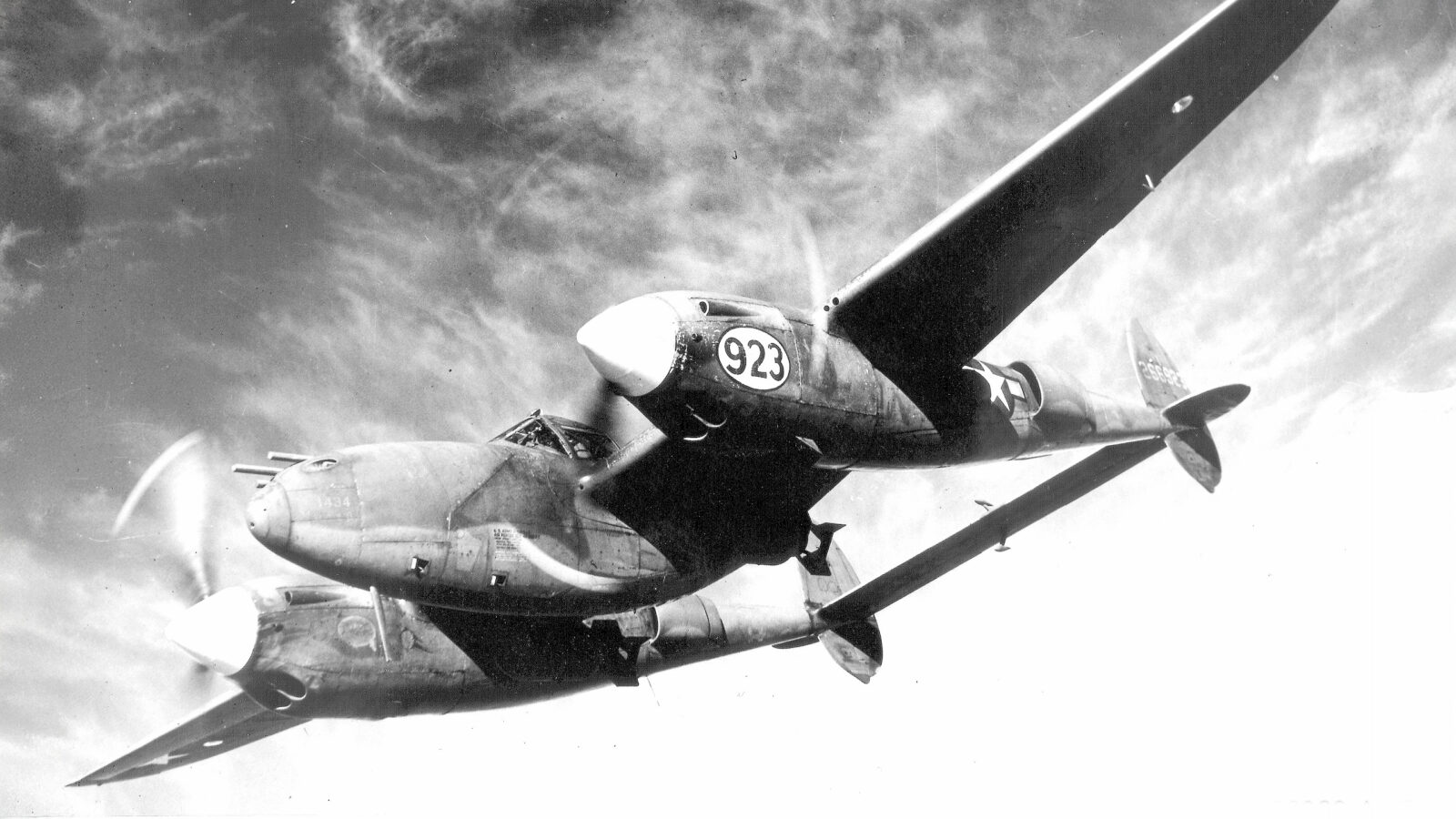In 1937, the U.S. Army Air Corps set out to create an aircraft unlike any the world had seen — one powerful enough to escort bombers at high altitude, carry substantial ordnance, and outmaneuver enemy fighters. What emerged was the legendary P-38 Lightning, an innovative fighter with twin engines, dual fuselages, and a central nacelle for the pilot and weaponry, earning it the evocative nickname “Two Planes, One Pilot.” The Germans, however, called it the “fork-tailed devil.”
But how did this unconventional design overcome serious engineering challenges — and what made it so feared by its adversaries? The story behind the Lockheed P-38 Lightning may seem too incredible to believe, but I assure you it’s true.
Proposal X-608
In February 1937, the U.S. Army Air Corps released Circular Proposal X-608 for an aircraft to counter anything Japan or Germany could produce. the proposal called for “a twin-engine high-altitude interceptor having the tactical mission of interception and attack of hostile aircraft at high altitude.”
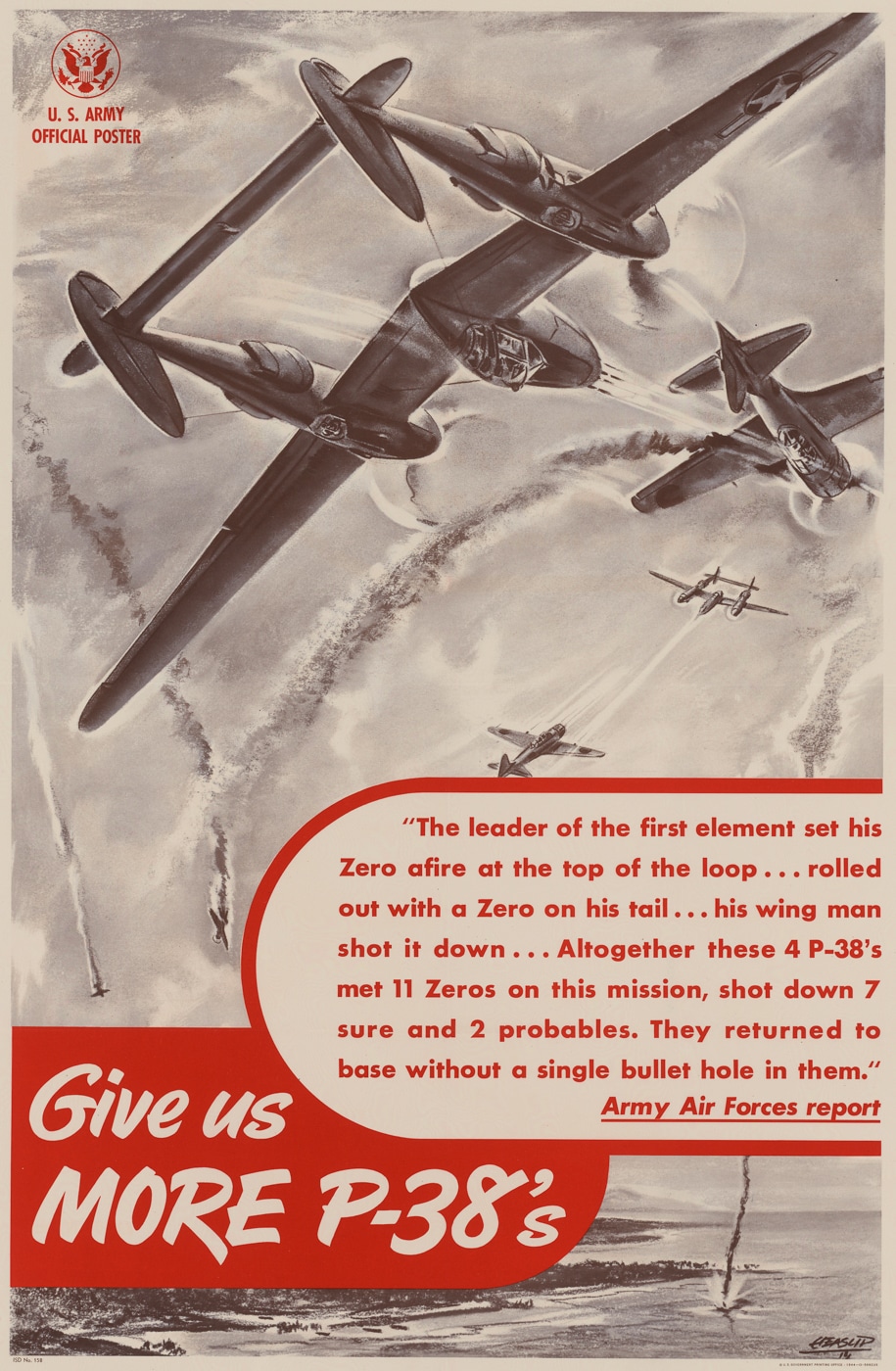
The word interceptor was deliberately used to bypass army regulations regarding pursuit aircraft, which limited the payload to no more than 500 pounds and restricted single-seat aircraft to no more than one engine. The Air Corps wanted an aircraft that could escort bombers at high altitudes, have a long-range, carry a minimum half-ton of ordnance, and be fast enough for a dogfight. The requirements were so challenging that many believed the aircraft could not be built, and several manufacturers didn’t even bid on the project.
Skunkworks Is Born
Lockheed stepped up, and the X-608 project commenced under the direction of Hall Hibbard and Clarence “Kelly” Johnson at a facility located away from the main factory, aka the original “Skunkworks.” When finished, the strange-looking aircraft had a one-man crew, twin engines, twin fuselages, and a central nacelle for the pilot. To meet the range requirement, the aircraft was fitted with two ejectable external fuel tanks that increased the range to 2,600 miles.
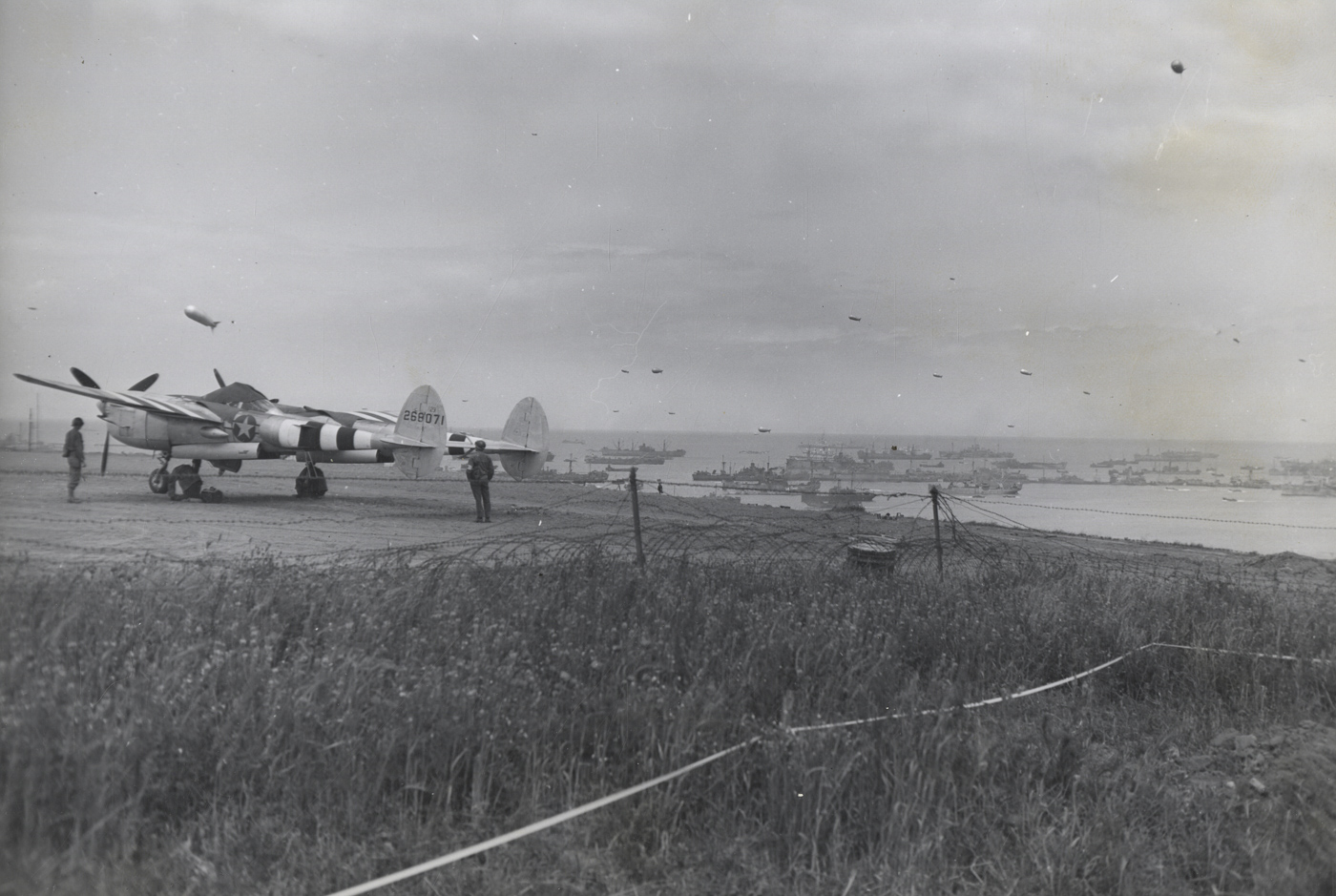
Lockheed looked at several configurations, including a single fuselage and tail design, and both engines mounted in a single fuselage in a push-me-pull-me configuration later used on the Cessna O-2 Skymaster.
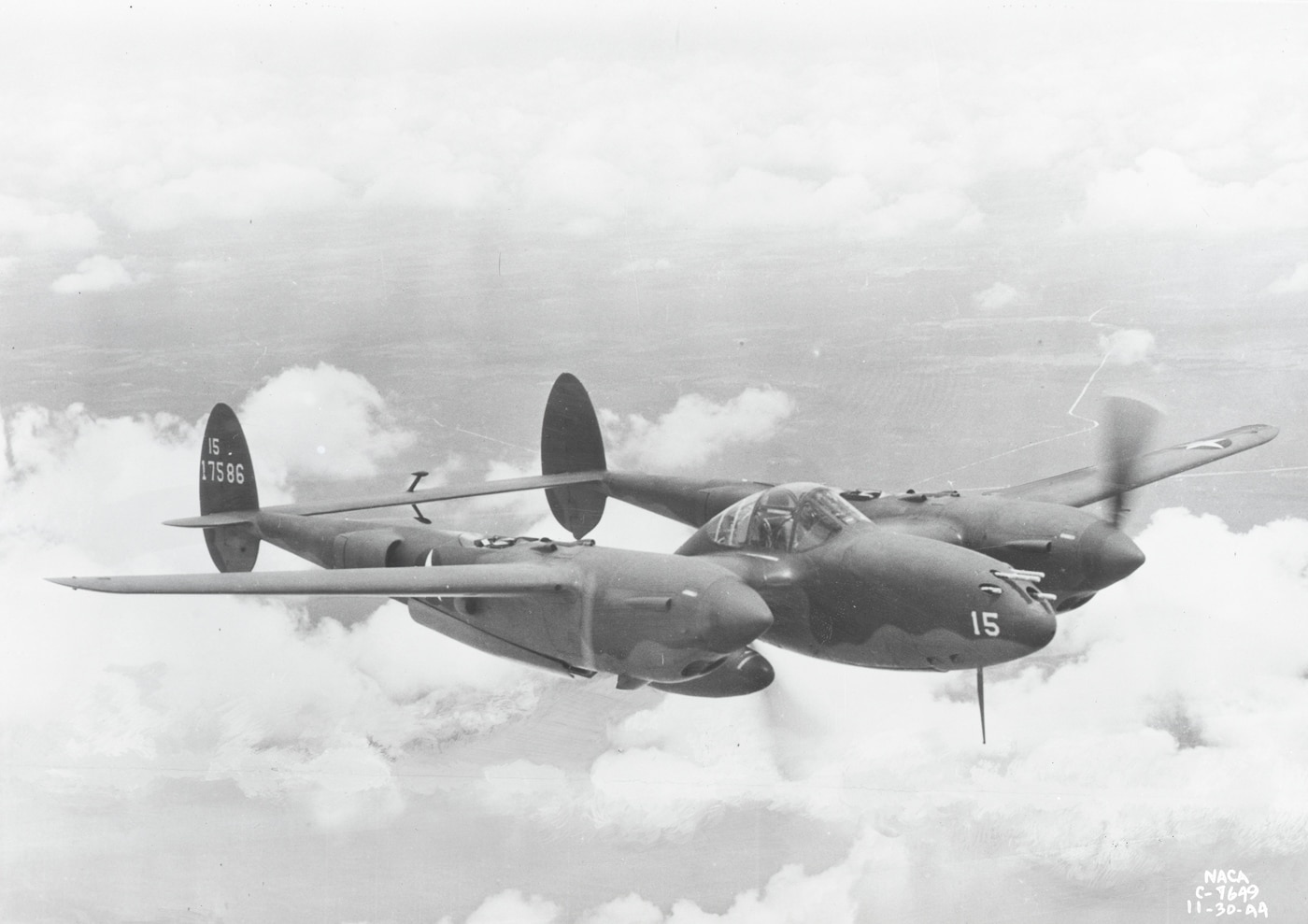
In the end, the team came up with the legendary design of twin booms to house the engines and superchargers and the tail assembly, a central nacelle for the pilot and machine guns, flush riveted stainless steel aluminum skin panels and tricycle landing gear. Several changes were made to the armament, and the final design used four Browning M2 .50 caliber machine guns with 500 rounds each, or 300 rounds to save weight for a long-range mission, and a Hispano 20mm autocannon with a 150-round capacity — all mounted in the nose.
The Lightning was powered by two 1,000 hp supercharged 12-cylinder Allison -1710 engines using inward counter-rotating propellors to eliminate engine torque.
Design Issues
All new designs experienced some issues, and the high-performance Lightning was no exception. During high-speed flight, particularly in a dive, the Lightning’s tail began to shake violently, causing the nose to tuck under and start a compressibility stall. The controls would seize up, and the pilot had to decide if he should bail out or ride it out to a lower altitude, hoping the controls would return to function.
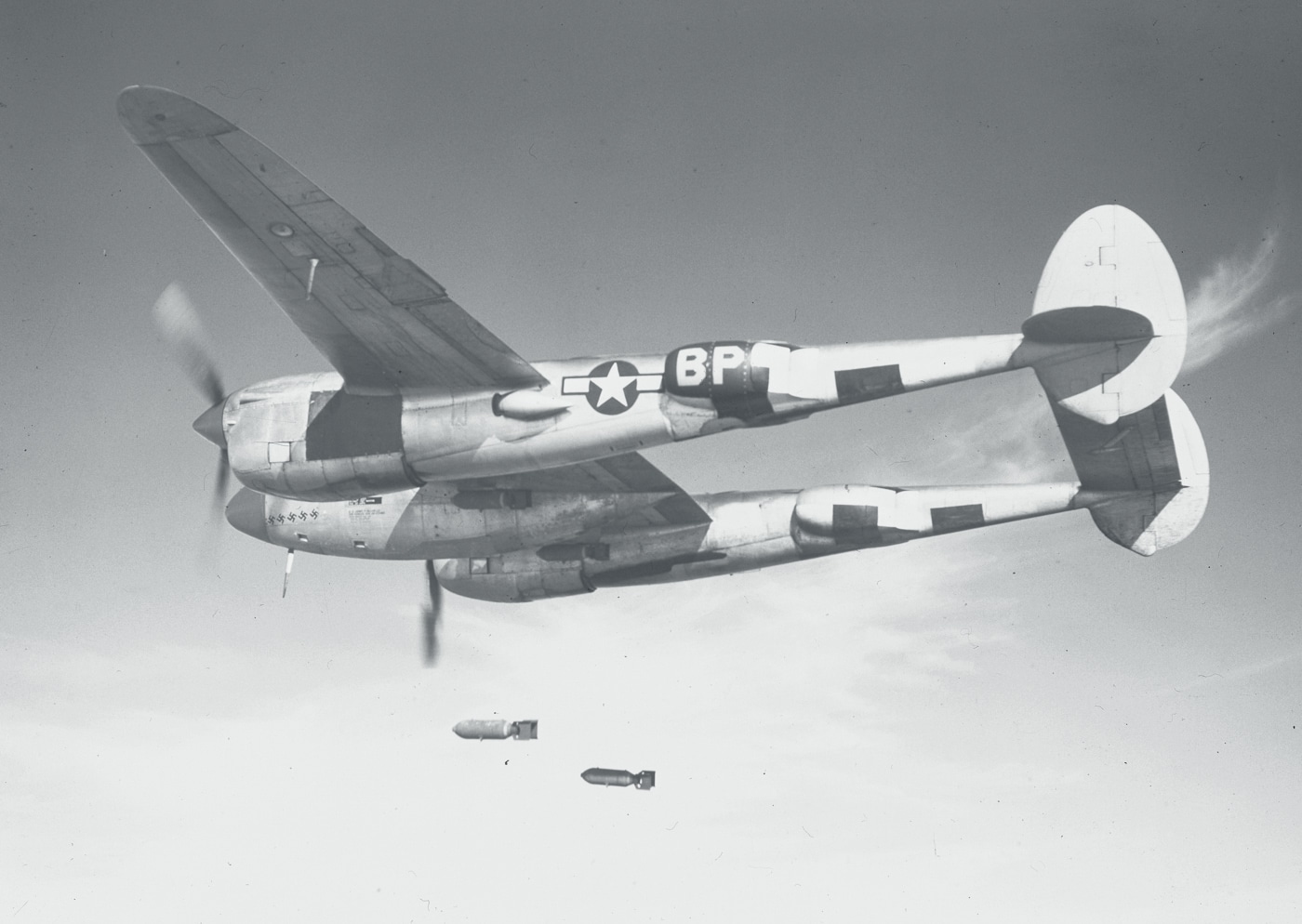
Changes were made to fix the “flutter” problem, and in November 1941, Lockheed test pilot Ralph Virden tested the modifications. The initial test flight proved successful, but later the P-38 was in a steep dive and he attempted a high G pullout. The Lightning suffered a tail separation, killing Virden.
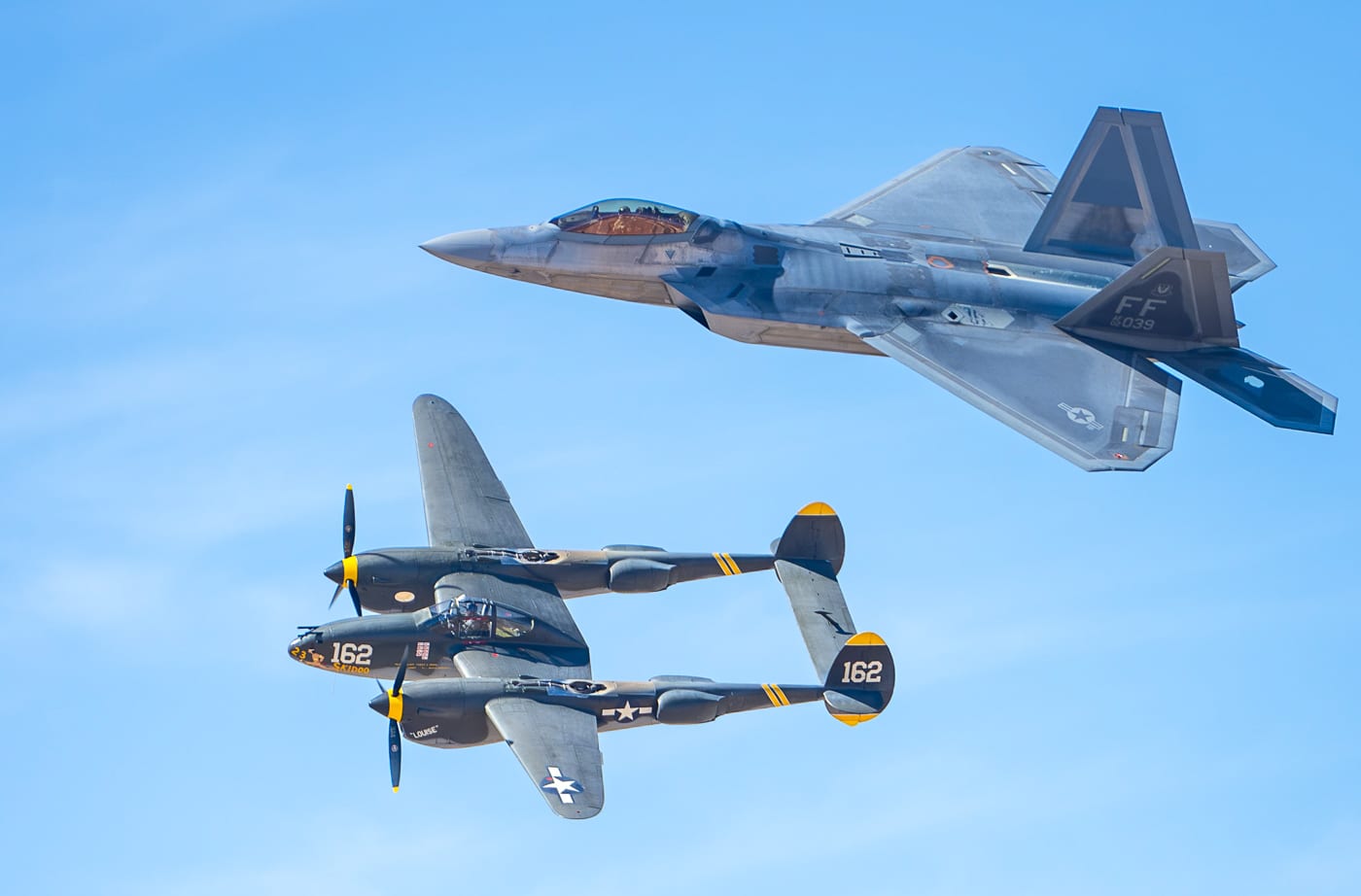
The U.S. Army Air Force personnel assigned to the program were adamant that the issue was tail flutter and told Lockheed to fix it. Lockheed engineers were confident it was not a flutter issue as the tail was rigid. An attempt was made to correct the problem by adding external mass balances to the aircraft, which caused no difference in tail vibration.
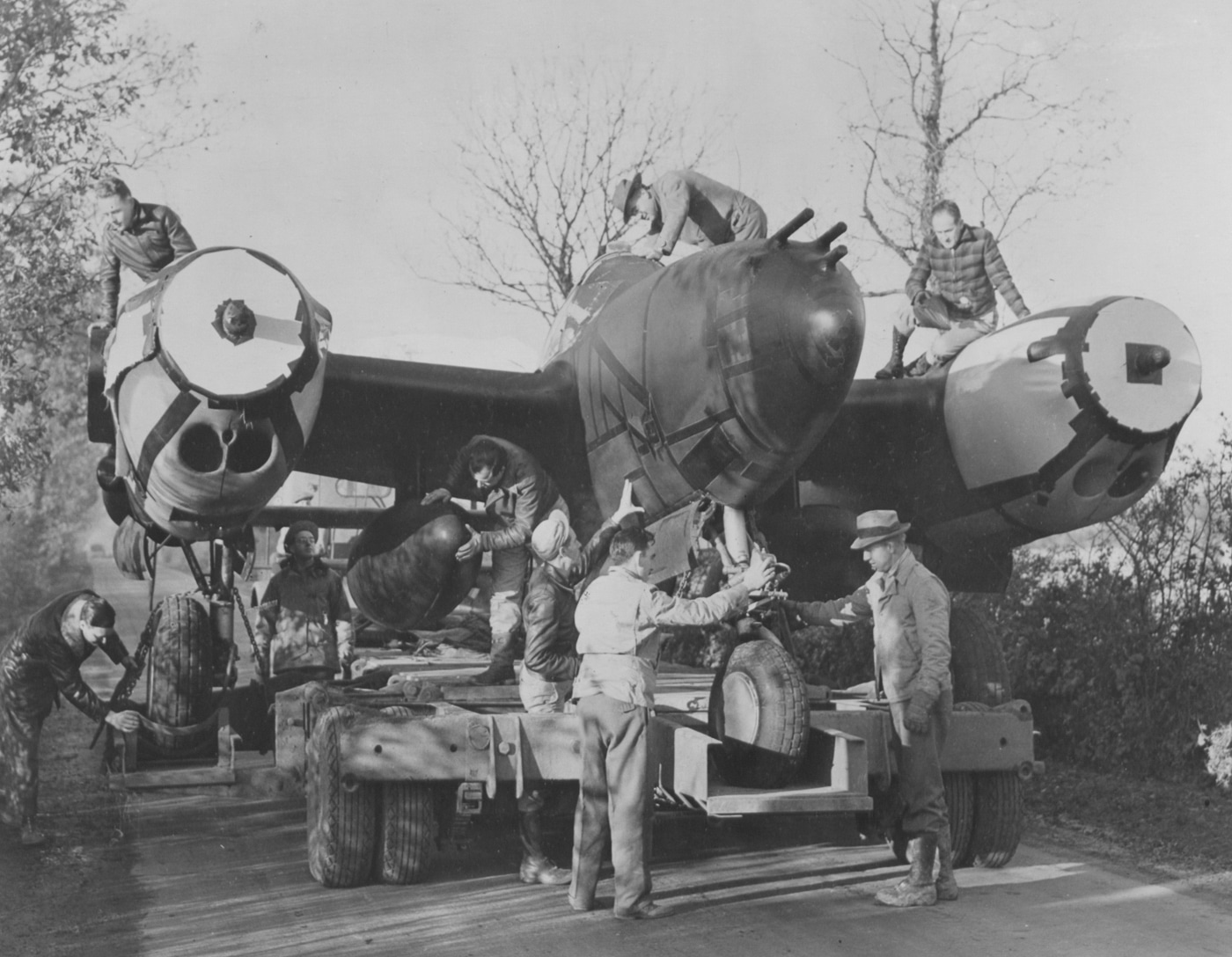
Lockheed engineers requested wind tunnel testing by NACA, who initially refused as they did not want any damage to their wind tunnel with an aircraft thrashing about. After being ordered by General Hap Arnold, tests were performed, and it was discovered the center of pressure moved towards the tail at high speeds. This issue was eliminated by using dive flaps to redistribute pressure over the wing.
First to Serve
Reconnaissance was an essential function during the war, and the F-4 photo reconnaissance version of the Lightning was the first aircraft to fly combat missions in the Pacific theater. These Lightnings were stripped of their guns and carried 4 Fairchild K-17 cameras in the nose. The K-17 had a 9×9 inch negative size with a 250 exposure magazine and could be fitted with a 6, 12, or 24-inch focal lens.
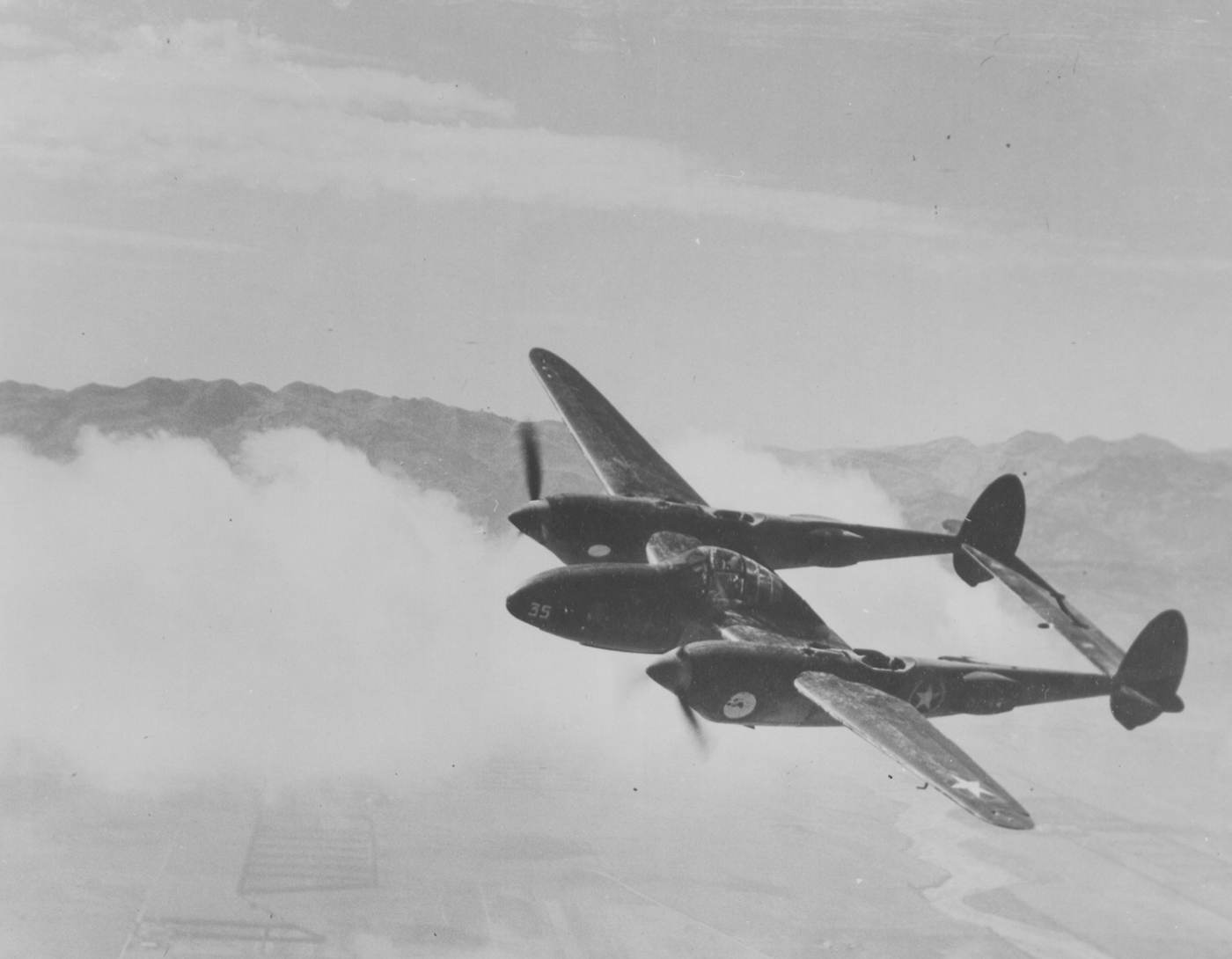
While the P-51 Mustang was the favorite in Europe, The P-38 was the favorite in the Pacific theater because of its long-range and twin engines. A fear for pilots was ditching in the ocean during long-range missions. Many Lightning pilots were able to return to base on one engine. Seven of the top eight scoring U.S.A.A.F. aces in the Pacific flew the P-38, and it was the standard U.S.A.A.F. fighter in the Pacific theater until the end of WWII.
Lightning Strikes Yamamoto
On April 18, 1943, a flight of 16 P-38s was sent to the island of Bougainville to intercept Japanese Admiral Isoroku Yamamoto. U.S. intelligence codebreakers discovered he was heading there for an inspection. Chief of Naval Operations Admiral Ernest J. King ordered Admiral William Halsey, commander of U.S. forces in and around Guadalcanal, to “Get Yamamoto.” With the Lightning’s long-range capability, it was perfect for the mission.
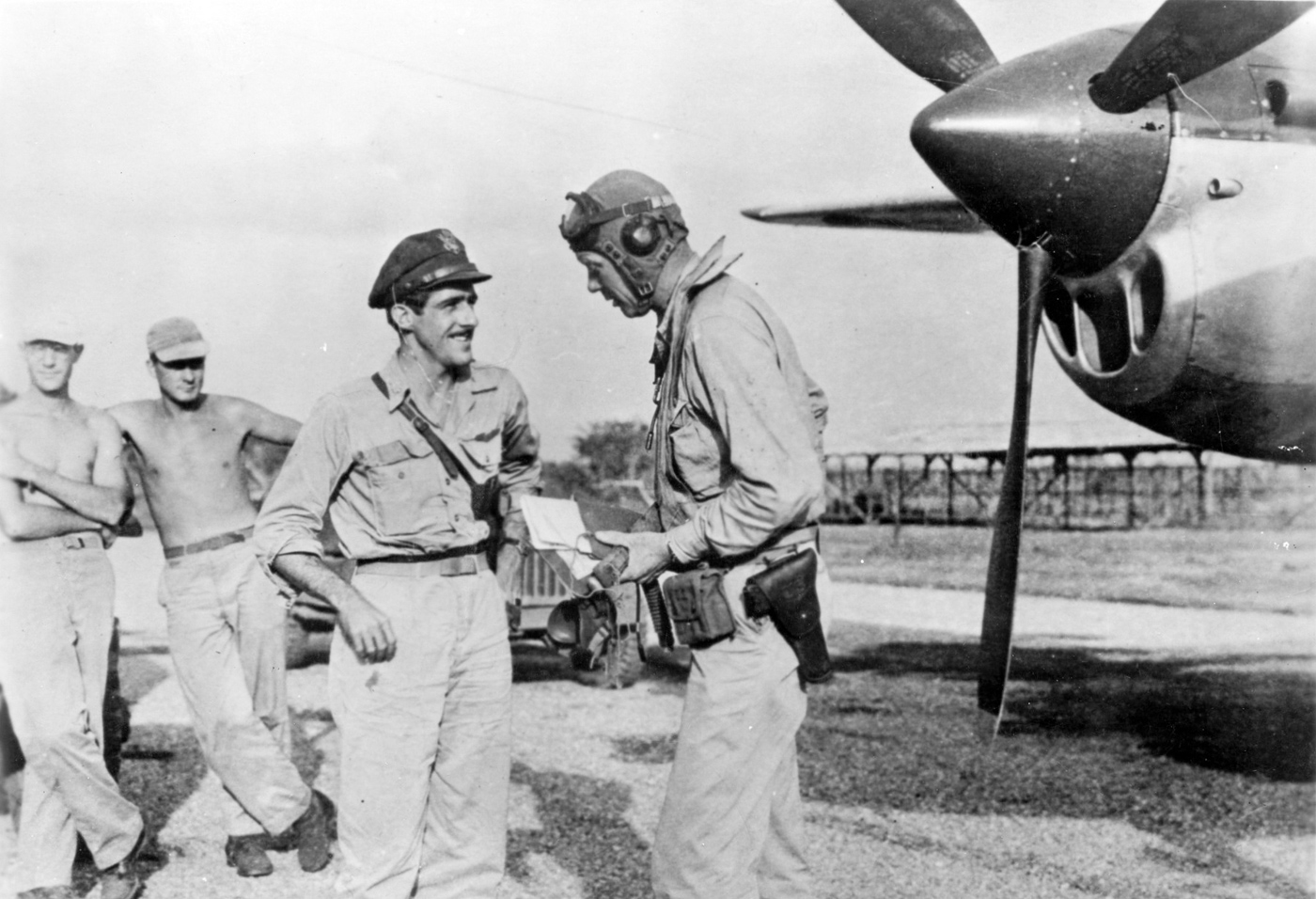
The P-38s took off from the Guadalcanal and flew the 435 miles at wave-top height. Upon arrival, they intercepted the Admiral’s two Mitsubishi Betty Bomber transports and his six Mitsubishi A6M “Zero” escorts. When the smoke cleared, both transports lay in the jungle along with a Zero in the water. The architect of the attack on Pearl Harbor was dead, with the loss of one Lightning.
The Legacy
The P-38 Lightning was the only American fighter aircraft produced from the beginning of WWII until the end, with over 10,000 produced in 18 configurations. It was the first 400 mph fighter in history and one of the few with a 40,000-foot ceiling due to its twin engines with superchargers.
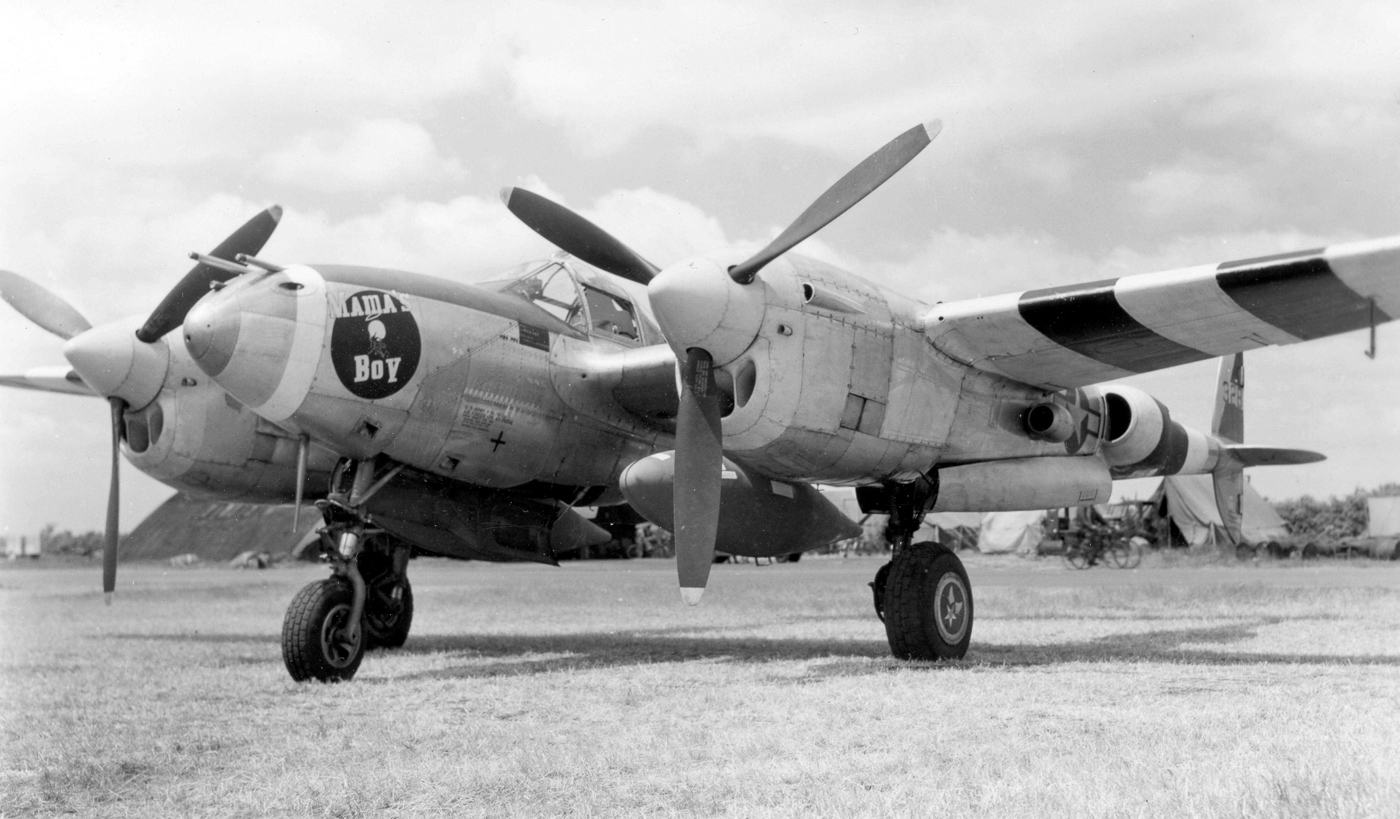
It was a jack of all trades and used in various roles such as a fighter bomber, long-range escort and night fighter. In photo-reconnaissance mode, it recorded 90 percent of all footage over Europe.
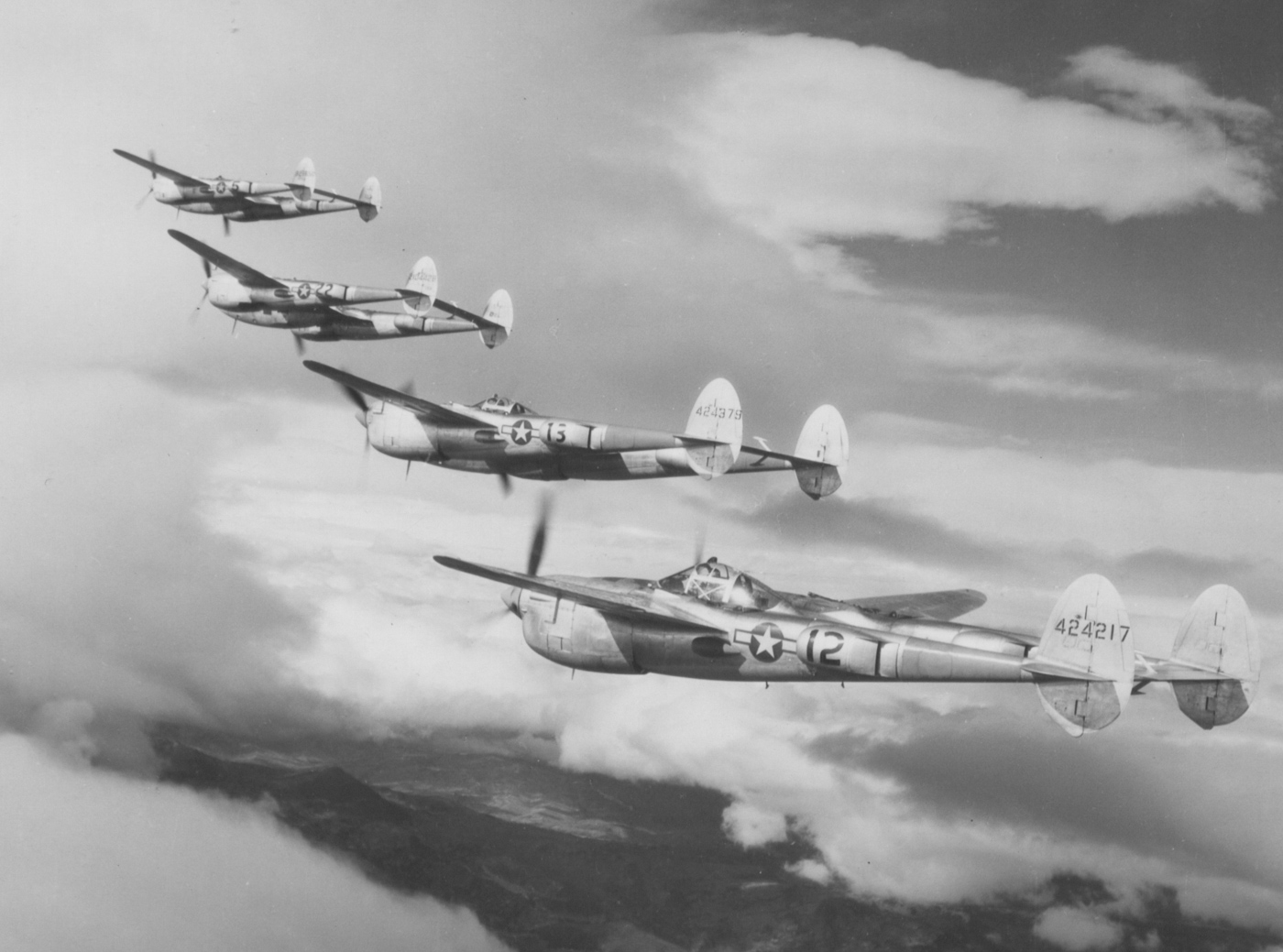
The P-38 Lightning served in European and Pacific theaters, flying over 130,000 sorties. In the Pacific, a total of 1,800 Japanese planes were destroyed by P-38s, and Richard Bong, the Ace of Aces, scored a record 40 victories in the P-38. Sounds like a pretty successful design, doesn’t it?
Editor’s Note: Please be sure to check out The Armory Life Forum, where you can comment about our daily articles, as well as just talk guns and gear. Click the “Go To Forum Thread” link below to jump in and discuss this article and much more!
Join the Discussion
Read the full article here




